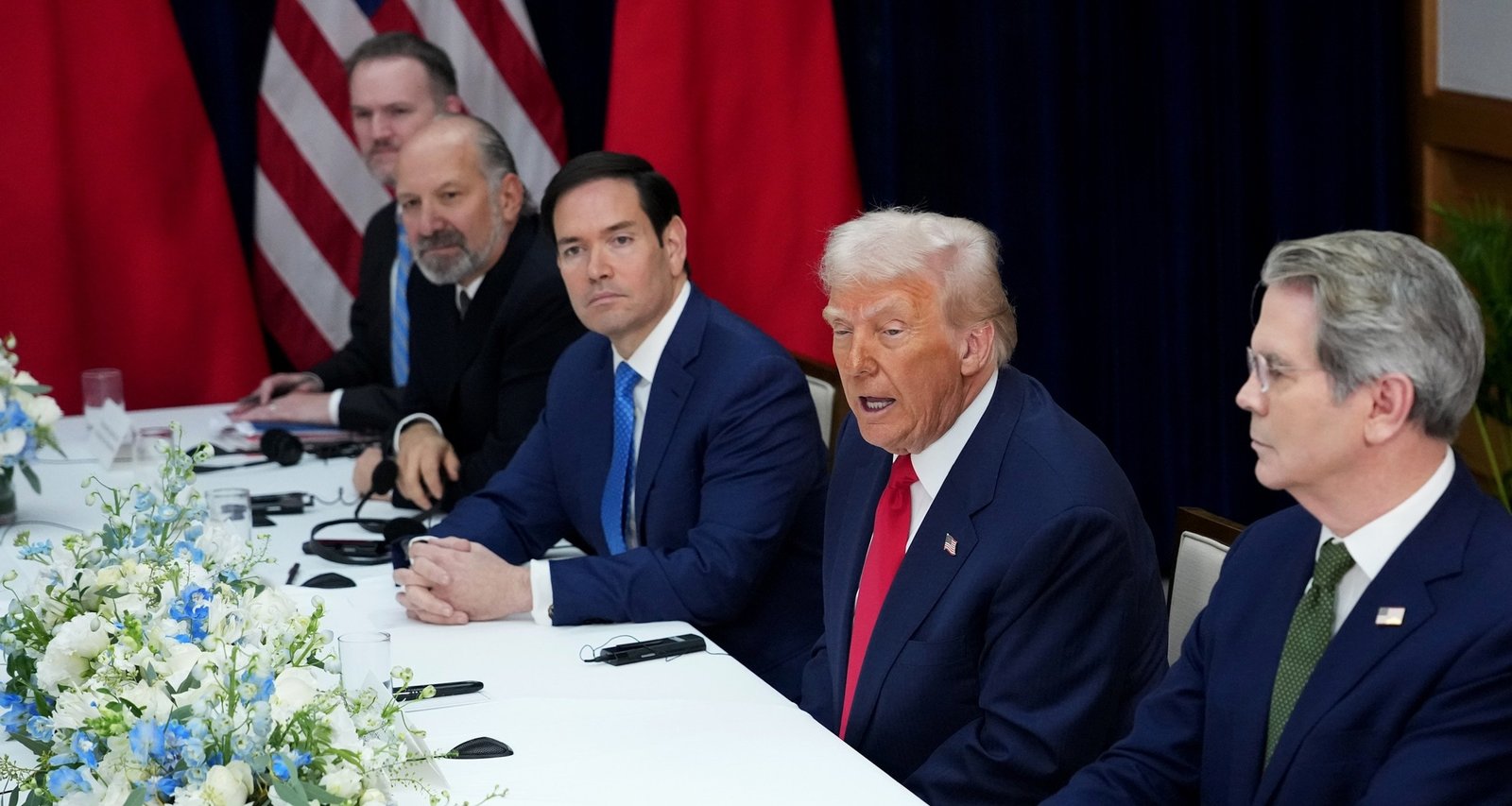American officials said they expect the suspension to remain in place beyond the initial one-year period, although industry analysts noted that the United States will likely remain reliant on Chinese rare earths for the next five to ten years while domestic extraction and processing capabilities are expanded.
Renewed Agricultural Purchases
China also committed to ramp up imports of U.S. soybeans, sorghum and other agricultural commodities. Treasury Secretary Scott Bessent stated that Chinese buyers will acquire 12 million metric tons of soybeans during the current marketing year and at least 25 million metric tons annually over each of the next three years. Those volumes would restore Chinese demand to pre-trade-war levels, easing pressure on American farmers who have endured price declines and inventory surpluses since punitive tariffs first took effect in 2018.
Agricultural economists said the pledged purchases could stabilize soybean prices, though futures markets will watch for evidence that contracts are executed and shipments completed. Observers also pointed to China’s earlier shortfall in meeting purchase targets set under the Phase One agreement concluded during Trump’s first term, underscoring uncertainty about medium-term compliance.
TikTok’s Unresolved Status
The accord leaves the fate of social media platform TikTok partially unresolved. Last month, the White House outlined a plan that would transfer control of the app’s U.S. operations to a consortium of American investors. Prior to Thursday’s summit, Beijing had withheld public approval. U.S. officials now say China has granted authorization “in recent days,” clearing one procedural hurdle, yet the two sides have not finalized terms covering the app’s recommendation algorithm, a key point of contention.

Imagem: Internet
Washington insists the algorithm must reside under U.S. jurisdiction to mitigate concerns about data security and potential content manipulation. Chinese regulators regard the software as valuable intellectual property and have so far resisted a full transfer. Without a definitive agreement, a ban on TikTok—originally scheduled to take effect in January 2025 but delayed multiple times—could still be reinstated if required divestitures are not completed.
Prospects and Caveats
Trade specialists characterized the arrangement as a tactical de-escalation rather than a comprehensive settlement. They highlighted the volatile history of U.S.–China negotiations, noting that commitments on both sides have sometimes unraveled amid shifting political and economic priorities. Enforcement mechanisms embedded in the new pact have not been publicly disclosed, leaving questions about how violations would be addressed after the one-year term ends.
Even so, immediate market reactions were positive. Shares of major U.S. semiconductor manufacturers rose in pre-market trading on expectations that supply disruptions would ease, while soybean futures ticked higher on the Chicago Board of Trade. Logistics firms reported increased inquiries about agricultural cargo space for early 2026 deliveries.
Diplomats in Washington and Beijing said working groups would meet quarterly to monitor compliance on tariffs, rare earth exports and agricultural orders. The next review session is scheduled for late January 2026, roughly three months before the agreement’s first anniversary.
Crédito da imagem: Andrew Harnik/Getty Images



